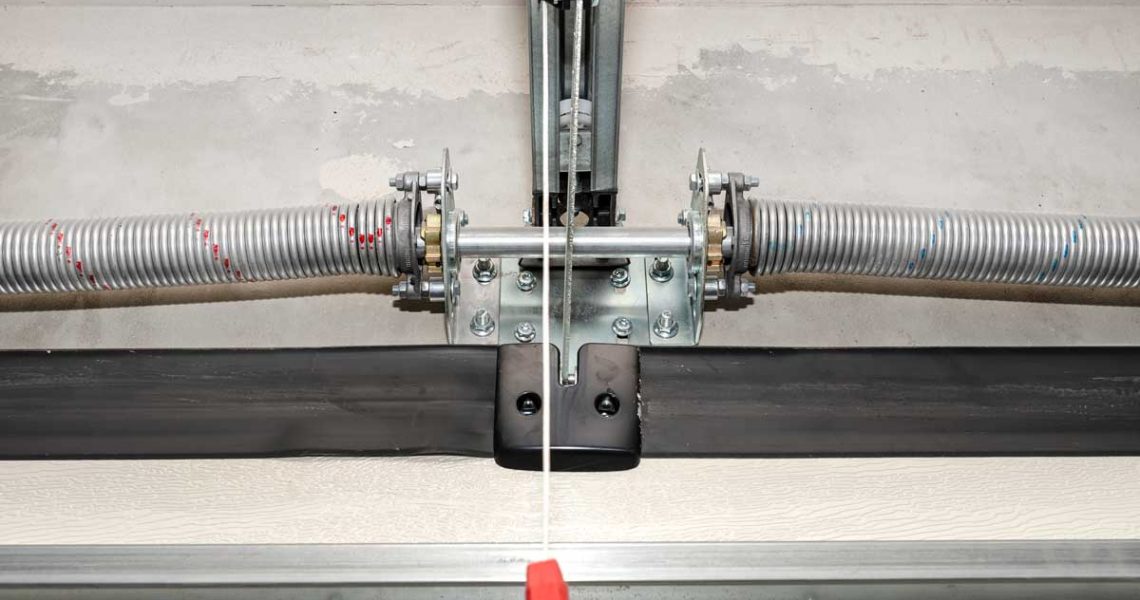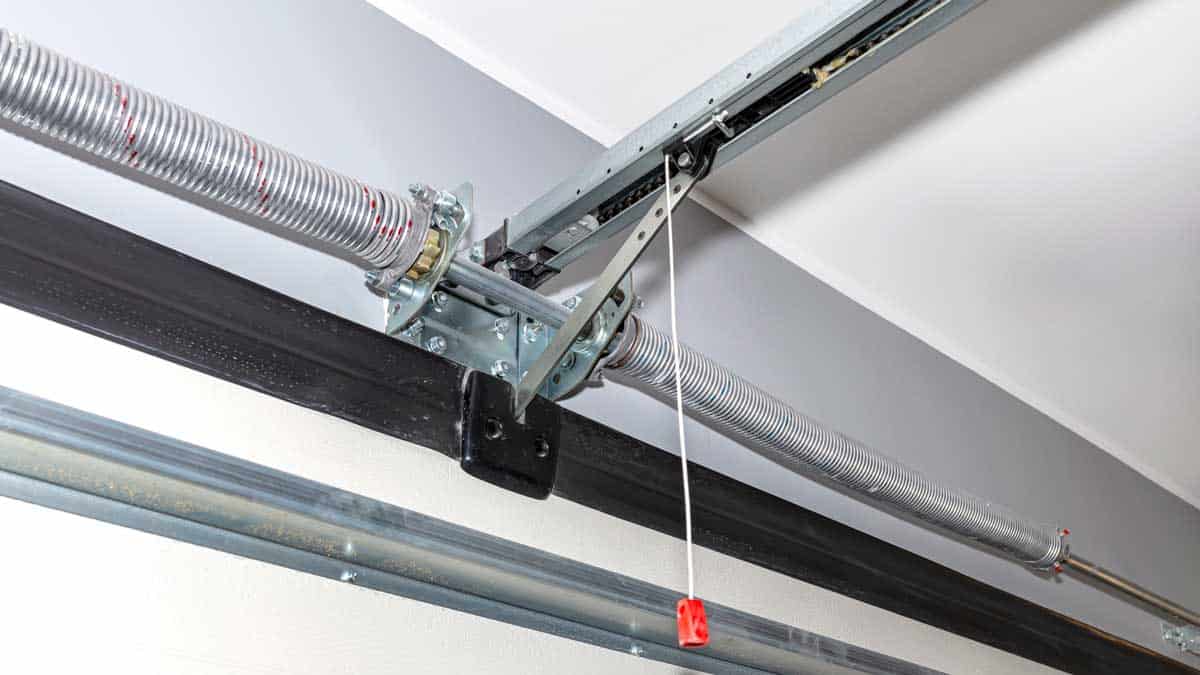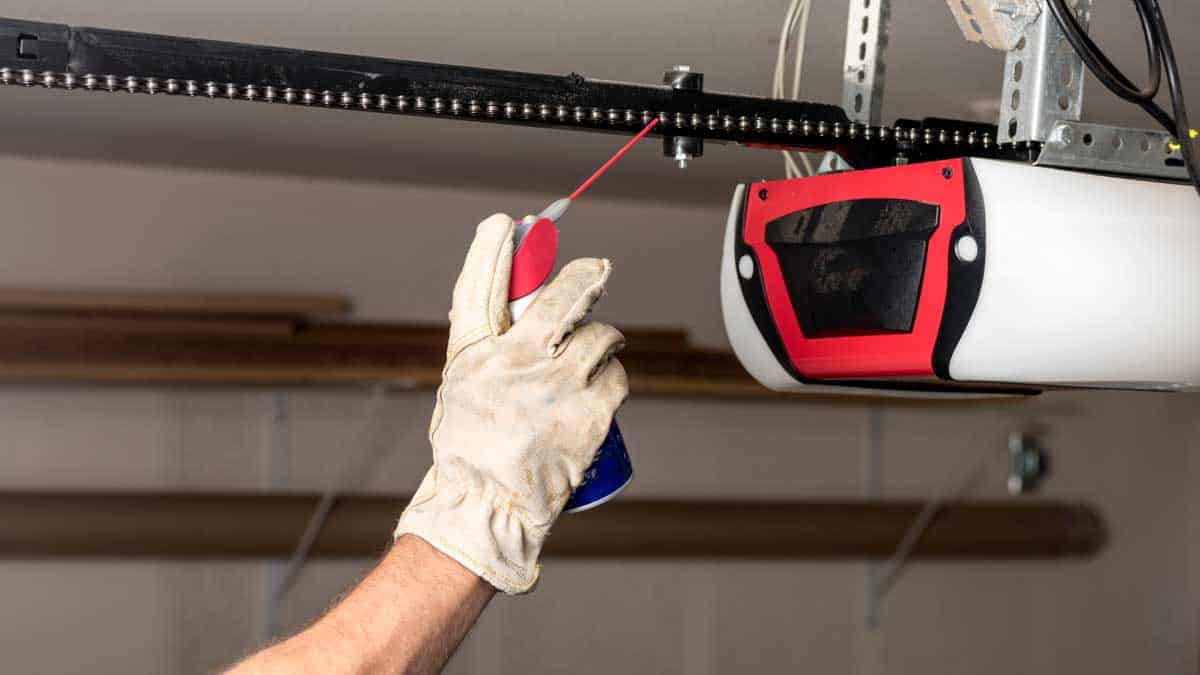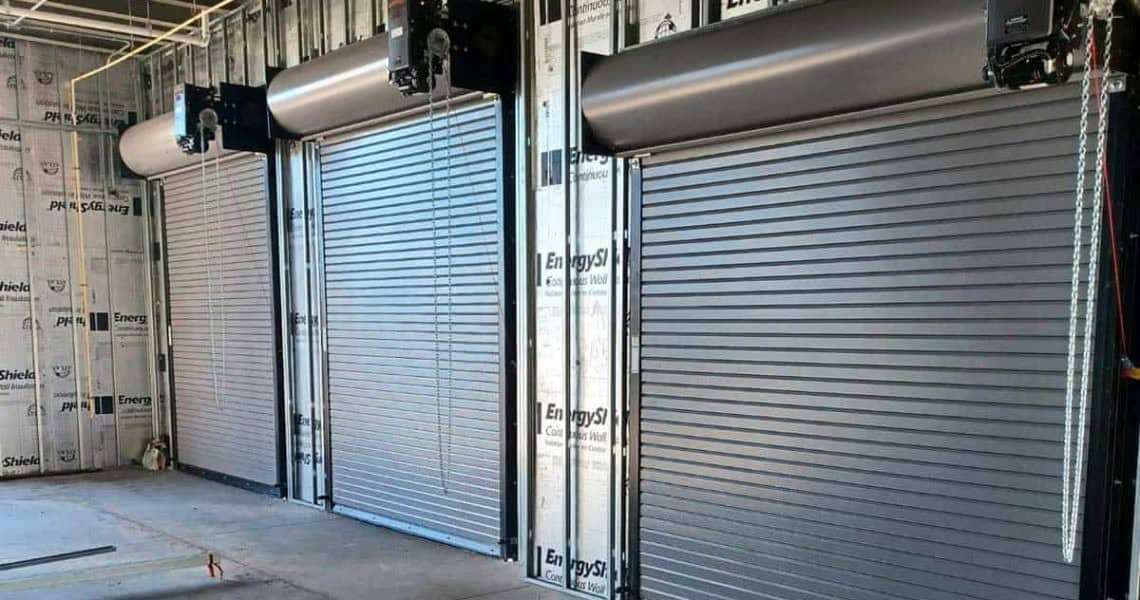In-depth research shows that garage doors crush more than 2,000 people per year and pinch more than 7,500 people. Another research shows that garage doors typically weigh between 130 to 400 pounds based on the door’s materials and thickness.
It means that lifting even lightweight garage doors requires force. However, utilizing garage door springs counterbalances the weight of the door. That way, the springs do all the heavy lifting work for you and helps reduce accidents. Here we discuss in-depth how garage door spring installation can help prevent accidents:
What is Garage Door Springs?
Garage door springs refer to top-notch quality springs present in your garage door to ensure ease when lifting and closing your garage door. These may be of two types; torsion and side-mounted springs.
- Torsion Springs
Professionals mount torsion springs on a stationary metal shaft present above and parallel to the garage door frame. The springs found above the center of the door frame run alongside the shaft and operate by twisting every time the garage door closes. Moreover, these use cables to ease the lifting process.
- Side-Mounted Springs
These refer to long and comparatively heavier springs present on each side of the upper garage door. These use a high-quality pulley to copy the functioning of torsion springs. These springs experience tension upon the garage door closing to facilitate the functioning of the garage door.
Why Choose Garage Door Springs
Garage doors operate based on springs and cables. Here’s a list of ways high-quality garage doors and installation can help prevent accidents:
Torsion springs offer a smooth operation every time the door opens and closes. It helps maintain an even balance on the door, thus minimizing problems manual garage doors often face.
Spring doors boast a central metal shaft that ensures that it doesn’t go flying off even if the spring breaks. That way, these garage doors help prevent injuries.
Several different garage door springs twist upon closing and opening. The unique feature helps expand the lifespan of these garage doors.
Springs experience high levels of tension due to which they often end up breaking. If they were to break, it could result in serious injuries. However, the heavy cable running through springs prevents the springs from recoiling, which, in turn, limits any dangerous repercussions.
Trained installers carry out appropriate and regular maintenance to ensure optimum performance of the springs and, ultimately, keeps you safe from harm’s way.
High-quality repair by professionals at the right time eliminates the fear of accidents and injuries.
Not only do garage door springs increase safety, but their plethora of colors, finishes, and design options allow homeowners to enhance the beauty of their home. It also adds value to your house.
What Can a Broken Garage Door Springs Lead to?
A broken garage door spring may cause an array of safety and repair problems, including:
- The garage door jamming and coming off its tracks
- The tracking may end up twisting or bending
- It may result in damage to various other aspects of your door’s mechanism like cables, hinges, and rollers.
- The door’s weight may unevenly shift that requires repairment
- The door may fall heavily to the ground without any resistance. It may damage the door’s panels.
- The automatic door openers may experience undue strain.
- It increases the risk of potential damage to vehicles and other garage contents.
- It also raises personal injury concerns for homeowners and pets
What Causes Springs to Break?
Wear and tear of your garage door may result in the springs breaking apart. Other than that, rust may start forming on spring systems experiencing increased humidity.
Your spring system boasts springs that are wound together tightly. In case the springs do break in a two-spring system, the second spring will end up with a substantial amount of tension. In turn, your garage door may shut down suddenly.
For this reason, it’s vital homeowners never walk underneath their garage doors nor allow pets and young kids to play nearby.
How Long Do Garage Door Springs Last?
Each time your garage door opens and closes, it counts as one complete cycle. Depending on your spring’s material, thickness, and size, the number of cycles may vary. However, the average spring allows users to enjoy 10,000 cycles, which accounts for at least six to ten years.
Present-day, contemporary houses boast attached garages through which homeowners may enter their homes. Ultimately, it means that the number of cycles garage doors typically experience spikes up by a considerable amount. In turn, you may notice small cracks in your door springs, causing the lifespan of the spring to go down.
Can You Replace Garage Door Springs Yourself?
A lot of people prefer DIY-ing their garage doors. However, many accidents like lacerations, head injuries, and broken wrists and fingers occur due to a lack of proper training and incorrect tools.
Spring systems boast extreme tension, which people may have trouble understanding. For this reason, it’s best to put the task of repairing and installing garage door springs in the hands of a professional. They boast appropriate knowledge and tools, but they also have experience in the field of work.
The Takeaway
Research by the National Electronic Injury Surveillance System shows that an average of more than 10,500 people suffers from injuries by their garage doors per year. The substantial amount means that people should avoid opting for garage door DIY repairs.
Instead, homeowners should consider contacting a professional to inspect, repair, replace, or install their garage door springs. Prevent risky situations for yourself and your family by ensuring you get professional help to fix your garage door springs.





